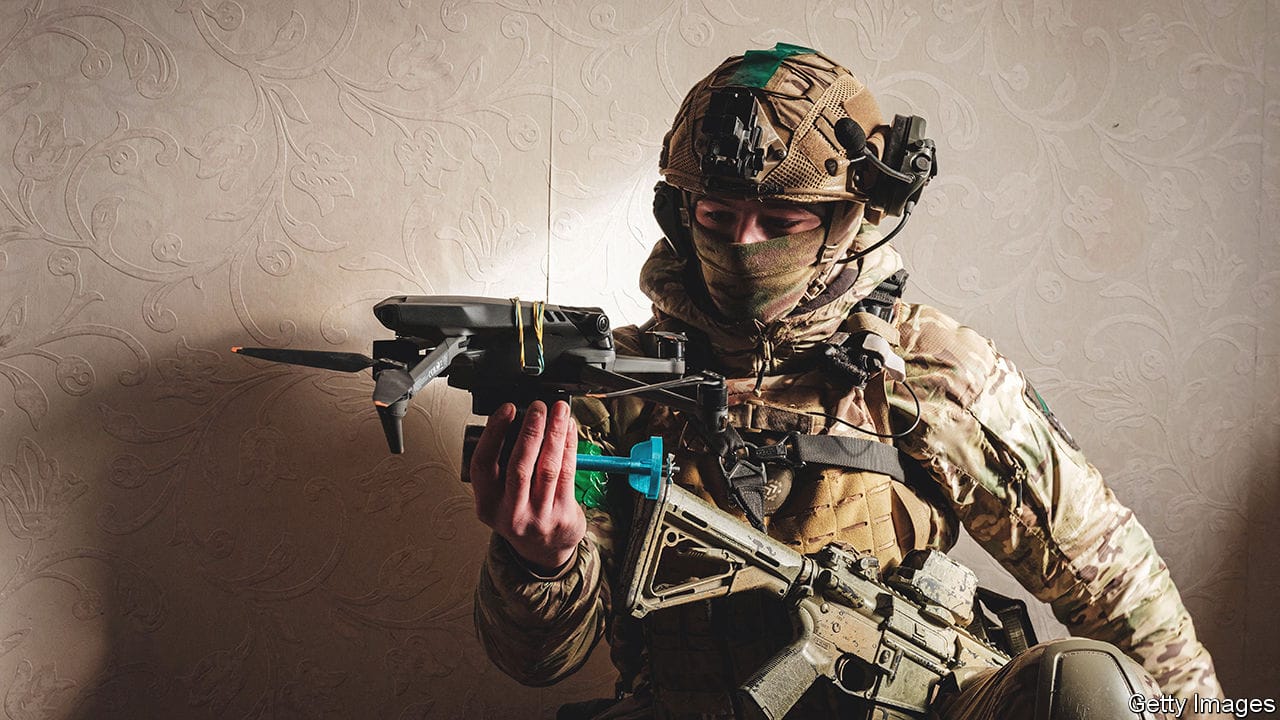What You Need to Know:
China announced early Monday that two year long restrictions would be put in place regarding the exportation of drones. China believes that its drones are being used for both reconnaissance and assault purposed in the Russo-Ukraine war, which China has remained “neutral” on.
The Ministry of Commerce announced that China is aiming to prevent drones from “non-peaceful use” but did not describe what restrictions will apply. It is important to note that drones are a major market for the Chinese, with over 50% of drones sold in the U.S. being developed by Chinese companies.
The largest competitor in the drone industry DJI Technology announced earlier this year that they would be pulling sales from Ukraine to prevent their drones from becoming combat tools.
Context:
While not the first to utilize this technique, the Islamic State set a major precedent by showcasing how effective commercially available drones are when used in a combat setting to drop munitions. At the time (around 2014), there was little awareness of the threat small UAVs could have on the battlefield or ways to counter them, which ISIS exploited greatly. For the terror group, obtaining drones, such as the DJI Phantom or other similar models, was relatively cheap and could greatly expand their ability to attack targets at larger distances without putting fighters at risk.
VIDEO: ISIS affiliated group 'Jund al-Aqsa' use a drone to drop explosives on government forces in Hama, Syria. pic.twitter.com/oKSACsoxc4
— Conflict News (@Conflicts) September 2, 2016
ISIS propelled the popularity of weaponizing drones, which was quickly adopted by armed groups around the world, such as cartels in Mexico, Kurdish fighters in Iraq and Syria, anti-junta rebels in Myanmar, and various other Jihadist groups across the Middle East and north Africa. Since 2014, commercial drone technology has rapidly advanced, allowing for more readily available, cheaper, and better performing models. With that, these drones have ushered in a new era of unmanned combat and quickly planted themselves as a commonplace tactic globally.
Commercially available drones were quickly adopted during the outbreak of the Ukraine Civil War in Donbas, which has carried on to today with the ongoing Russian invasion. Now, these drones have become a staple in the Ukraine war, being used extensively by both sides as both a kinetic and ISR asset on the battlefield.
#Ukraine: A Russian T-90M tank was destroyed by Ukrainian SSO using a single hand grenade-based munition dropped through the hatch from a drone in Marinka, #Donetsk Oblast. pic.twitter.com/9DE8tJjSLQ
— ?? Ukraine Weapons Tracker (@UAWeapons) July 19, 2023
Starting off with kinetic options, DJI models have become the standard quo due to their price point, quality, and reliability. Specifically, the DJI Mavic series has been the most popular by far due to its portable size and max lift weight, making it the perfect candidate to drop munitions with the use of dropper devices. Likewise, first person view (FPV) drones have been increasing popular due to their speed and maneuverability. They are often being outfitted with RPG HEAT rounds to directly attack vehicles and equipment, leaving them disabled or even destroyed in some cases if they are able to detonate stored ammunition.
For ISR options, the DJI Mavic also remains a top contender, allowing combatants to assess an area or adjusting artillery fire on enemy targets.
Soledar, RU grounded UA Mugin-5 pic.twitter.com/TQYvnYBAUn
— ?????? (@DrazaM33) July 24, 2023
Both Ukrainian and Russian forces have also been known to use Chinese-built Mugin-5 drones for kinetic strikes, ISR missions, or to draw out air defenses. Unlike the DJI Mavic, which is a quad-copter design, the Mugin-5 is a fixed wing drone, allowing it to carry more weight and travel longer distances.
There are numerous off the shelf drone models being used in Ukraine at the moment and would require multiple articles to cover them all and how they are used. One thing remains the same, however, which is that they are bought commercially in large numbers. Commercially available drones have cemented themselves as one of the most effective tools and weapons throughout the war.
What This Means:
The restrictions, which will go into effect September 1, are quite broad and their effects will not be fully understood until they are implemented. Currently, the government has signal it will limit (unless given special permission) the export of “Unmanned aerial vehicles capable of controlled flight beyond the operator’s natural line of sight, with a maximum flight duration greater than or equal to 30 minutes, a maximum take-off weight greater than 7 kilograms (kg) or an empty weight greater than 4 kilograms (kg).” The restriction will also apply to drop devices, infrared imaging devices, radars, and communication equipment for drones.
Drone manufacturer DJI, which makes up almost 70% of the market, released a statement saying that “While we are evaluating the specific impact to our business from these new regulations, we would like to point out?.?.?.?drones and drone-related equipment can be exported normally after fulfilling relevant compliance criteria as long as they are used for legitimate civilian purposes,” according to FT.


